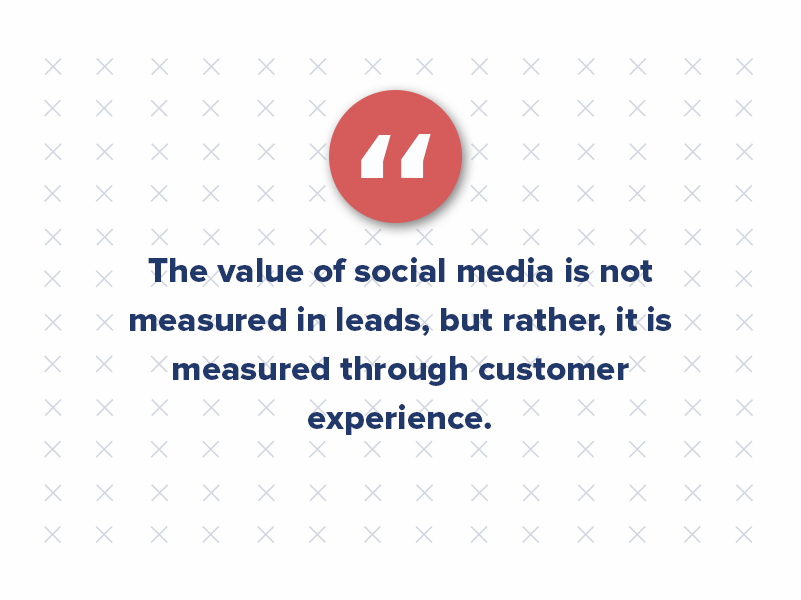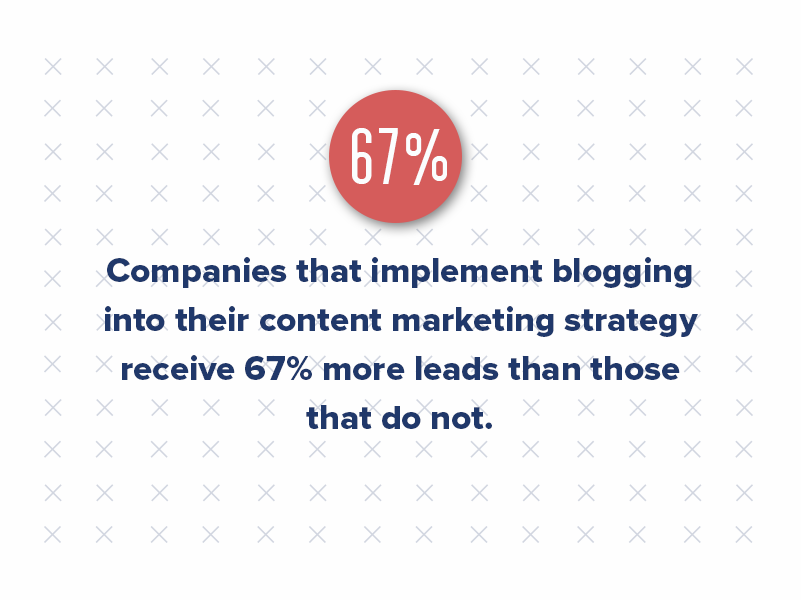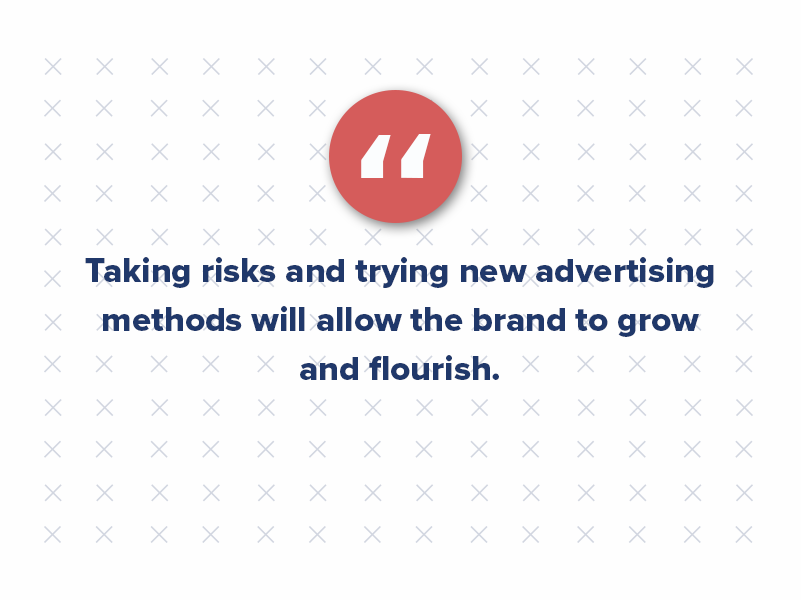Proven Multifamily Social Media Marketing Strategies to Increase Engagement
Social media’s influence is profound and pervasive, with over 4 billion global users engaging on multiple platforms monthly, dedicating more than two hours daily to these platforms.
For multifamily property owners, this translates to a vast, often cost-effective marketing landscape teeming with potential. Creating a social media strategy can amplify a property’s digital footprint, heighten engagement, and elevate multifamily brand recognition.
Are you aiming for heightened visibility or superior leads? Here’s the inside scoop, including ways to maximize your reach with multifamily social media marketing:
1. Choose the right multifamily social media marketing platforms.
Determining the optimal social platforms for your needs is crucial. While there’s a plethora to pick from — from Facebook, Instagram, and TikTok to Snapchat and X (formerly Twitter) — it’s essential to discern which is most frequented by your target demographic.
Both Facebook and Instagram reign supreme in terms of performance, yet TikTok is swiftly gaining traction, especially if you’re targeting the Gen Z segment.
Not to be overlooked, TikTok also holds appeal for millennials. Comscore data reveals that close to 30% of TikTok enthusiasts are aged between 20-29, and another 16.4% fall within the 30-39 age bracket.
Your overarching multifamily marketing strategy should guide your platform choices. For instance, if your focus is on running tailored social advertisements, Facebook stands out. Conversely, if you aim to diversify your property’s follower base, Instagram boasts features tailored for audience expansion.
While businesses often encounter a pay-to-play model on Facebook, it’s an excellent platform for promoting posts and rolling out social ads. Meanwhile, Instagram offers tools designed to introduce your property to new eyes and amplify brand visibility.
LinkedIn also stands out as a prime channel for multifamily vendors. Given its professional and formal tone, LinkedIn reaches the precise audience — property managers, real estate professionals, and potential partners. Before diving into other niche platforms, it’s strategic to tap into the robust network that your target audience already frequents.
2. Engage with your audience; don’t just promote.
When deciding what content to post on your channels, always consider what your audience would find interesting. Social media is not a microphone for self-promotion but a chance to connect with your audience.
While it’s tempting to showcase your products or services constantly, it’s crucial to prioritize engagement over sheer promotion. Your content should resonate with property managers, residents, and potential partners. Balance your feed with valuable original content, like how-to guides or industry insights, and share valuable articles or insights. Always prioritize your audience’s interests and subtly integrate how your offerings can solve their needs. Think about your audience first and piece in how you fit into the conversation second.

3. Narrate your multifamily brand journey.
Every multifamily vendor boasts a distinct narrative — encompassing its genesis, evolution, and the principles it champions. Embarking on a journey to create a social media platform dedicated to such storytelling can be invaluable. To maximize your social media presence, select the most suitable social media channels tailored for your target audience.
When crafting social media posts, consider profiling elated property managers who have reaped the rewards of your services. Such testimonials act as authentic endorsements, solidifying the trust of social media users in your offerings. Additionally, providing a sneak peek behind the curtains — showcasing the day-to-day operations of your business — can foster genuine connections. As property owners and small businesses scroll through their preferred social network, such posts can resonate deeply, increasing brand awareness.
Furthermore, celebrate every milestone, whether it’s the 100th property you’ve worked with or the 10th year of your operation. Sharing these achievements on various platforms can significantly boost traffic to your website.
4. Share and promote your blogs on social.
For social media managers at the helm, it’s essential to discern the content that aligns with the essence of the multifamily property. This ensures that the marketing campaigns rolled out resonate with the audience in real-time.
Incorporating blog posts related to the multifamily industry, insights, or even tips for property managers can become an integral part of your multifamily social media marketing plan. It provides value to your audience, and such posts can generate leads.
Lastly, actively monitor the leads generated from these endeavors. Track and measure the effectiveness of each campaign, adjusting strategies accordingly. This proactive approach ensures your brand remains agile and attuned to the ever-evolving digital landscape.

5. Focus on the imagery.
In today’s digital landscape, most leading social platforms place a premium on visuals. The logic is simple: the more visually captivating a post, the more shares it garners, subsequently reaching a broader audience.
With this in mind, it’s essential to prioritize high-quality imagery. Opt for striking and locally relevant photos that narrate your brand’s narrative and resonate with your desired clientele. Remember, the foundation of exceptional content is exceptional photography.
6. Diversify your content and use more videos.
While photography is still essential, you shouldn’t overlook the power of dynamic video content. Engaging and high-quality videos have become pivotal in modern digital marketing. According to a Wyzowl study, 84% of marketers leveraging video content reported lead generation, while 78% credit their sales growth to it.
Visual aids make your feed more enticing and improve information retention. A monotonous feed can lead to reduced engagement. Intersperse your content with vibrant images, videos, infographics, and other visual content.
Brands should particularly focus on crafting videos for Instagram Stories, Instagram Reels, and TikTok. The usage of Instagram stories by major brands has grown substantially, doubling in just the past year. Instagram Reels have also experienced significant traction.
An added advantage? Reels can seamlessly be adapted and shared on TikTok. This platform became the first non-Facebook app to achieve 3 billion global downloads, making it one of the most sought-after social platforms currently.
7. Expand your reach strategically.
Social media can also be an excellent outlet for paid advertising. Surveys show that nearly half of all social users say they’ve bought something after seeing it advertised on social.
Once you’ve established a consistent and engaging content strategy, explore the advertising features of platforms like Facebook and LinkedIn. These platforms offer laser-focused targeting, ensuring your content reaches the right eyes. You can target specific locations, demographics, and even users with particular interests, backgrounds, and career fields on platforms like Facebook and Instagram. For instance, a post detailing the benefits of a specific service for property managers can be targeted precisely at that demographic.
Incorporating these strategies can transform social media from just another marketing channel to a dynamic platform that fosters connections, enhances brand visibility, and drives tangible results for multifamily vendors.
Paid advertising provides an opportunity to market to your target audience directly. It’s important to test, test, and test again — on every element of your ads.

8. Tap into user-generated content.
Producing all your content in-house isn’t a necessity. Often, content created by your users or followers, known as user-generated content (UGC), can be as impactful as the content you create, if not more. UGC can encompass anything from posts and photos that mention your property to online reviews and other social content shared by individuals beyond your team.
Given a choice between official brand messages and genuine customer reviews, consumers consistently lean toward the latter’s authenticity. The reality is that many consumers place more trust in fellow consumers than in brands themselves. Thus, it’s a strategic move to integrate UGC into your promotional strategy.
Another avenue to explore is influencer marketing. This approach involves partnering with well-established social media figures to advocate for your brand. It’s crucial, however, to select influencers whose followers resonate with your target audience and be prepared for the associated costs.
Begin Your Multifamily Social Media Marketing Journey
Ultimately, multiple paths lead to success in multifamily social media marketing. Defining your objectives, deeply understanding your desired audience, and springing into action are essential.
Recognizing your core audience and discerning what appeals to them on social platforms is fundamental to a campaign’s triumph. Once you’ve done that, charting a strategy concerning content type, its regularity, and its origins becomes paramount. Ultimately, analyzing outcomes and making necessary tweaks is the finishing touch to a winning strategy.




